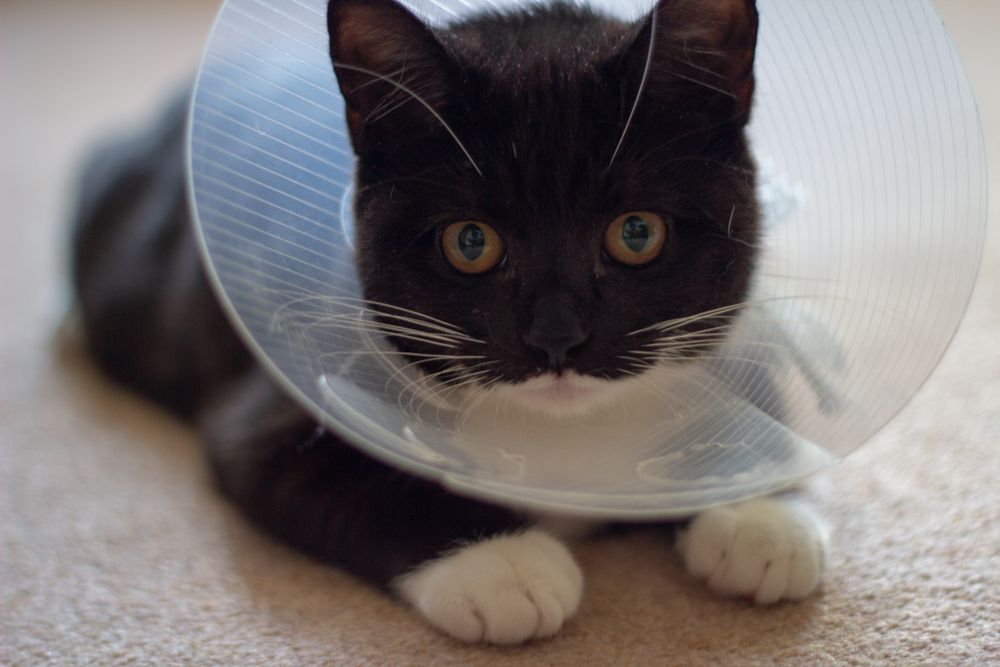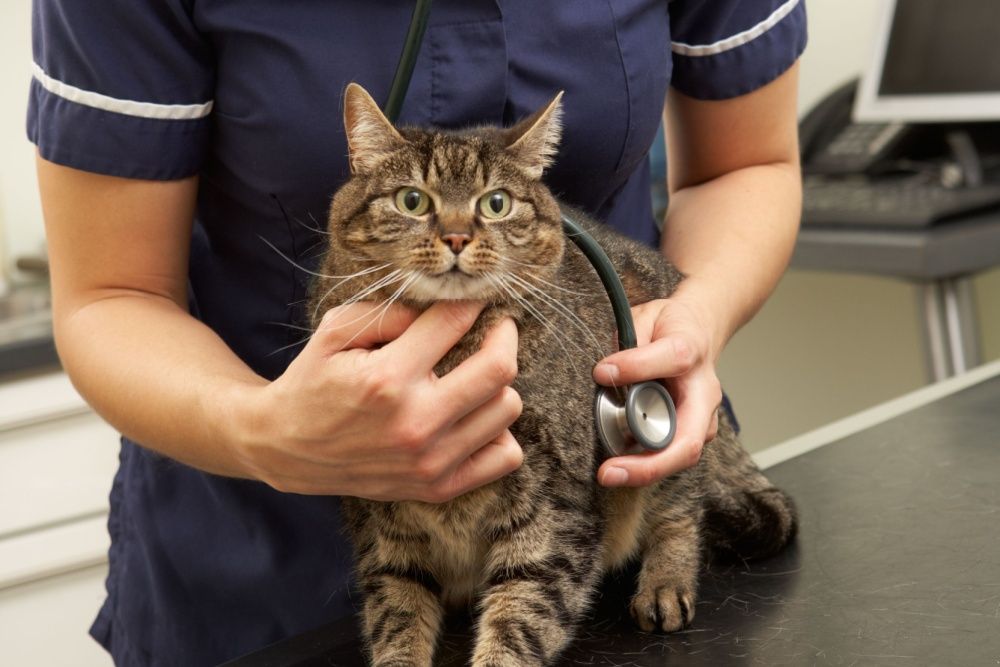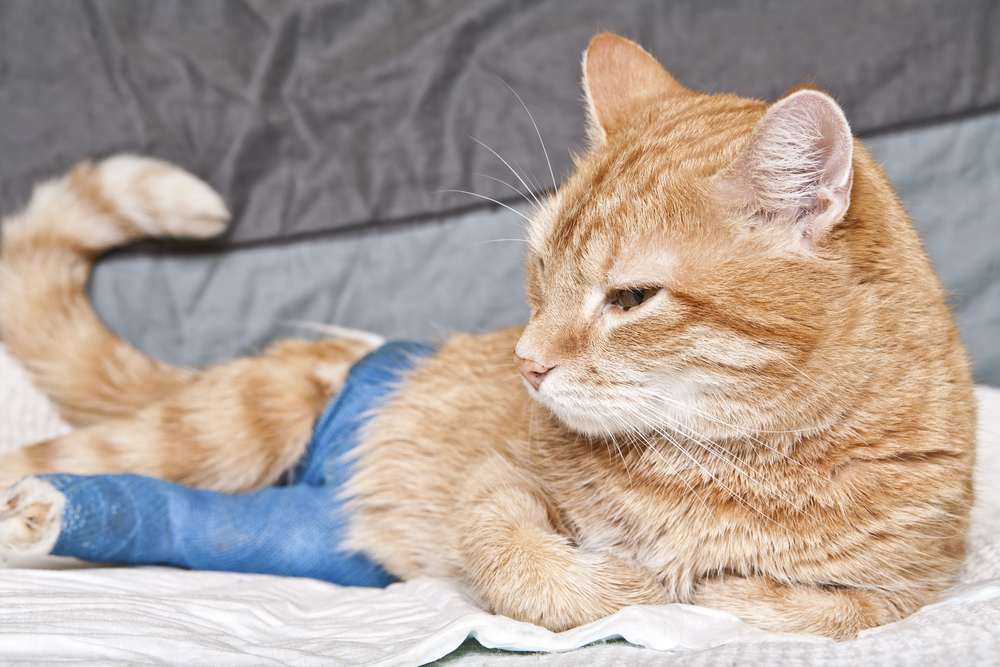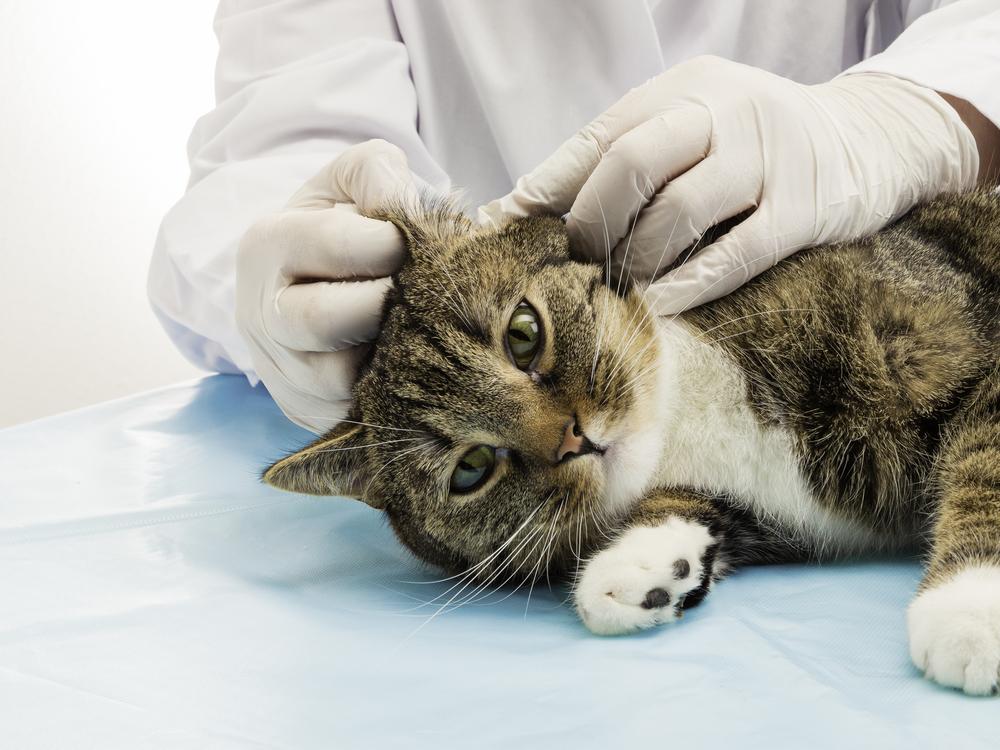
VP Photo Studio / Shutterstock.com
It’s no secret or surprise that veterinary care can be costly. If your cat’s veterinary bills leave you with sticker shock, you’ll be relieved to know that pet insurance can help take the bite out of paying for your cat’s care. Approximately 45 companies offer pet insurance in the United States and Canada, including Lemonade, Trupanion, and CarePlus by Chewy.
According to the North American Pet Health Insurance Association (NAPHIA), approximately 20% of insured pets in the United States in 2022 were cats.
Pet insurance is an excellent way to afford high-quality veterinary care. Knowing how to maximize pet insurance benefits will help you get the most out of the insurance policy you choose for your cat.
In this article, we’ll go over the advantages of pet insurance, break down important pet insurance terms, and give you tips on maximizing your pet insurance benefits.
Why Get Pet Insurance?

Pet insurance covers a portion of the costs associated with an accident or injury. Steven Litton / Shutterstock.com
In their State of the Industry Report 2023, the NAPHIA reported that approximately 5 million dogs and cats in the United States were insured, up from about 4 million in 2021. This trend indicates pet insurance’s growing popular among pet parents.
But why get pet insurance? Does your cat really need it?
Any cat parent who has paid a hefty vet bill, whether expected or unexpected, knows that taking your cat to the vet can create a big pinch on your budget. Pet insurance relieves that financial pinch. It also prevents the heartache of economic euthanasia, in which a pet parent must euthanize their pet because they’re unable to pay for treatment.
Pet insurance frees you from worrying about cost when making decisions about your cat’s care. Even if your cat is healthy and doesn’t require much veterinary care, pet insurance comes in handy if your cat has a costly injury or illness; you’ll be glad you won’t have to cover a large veterinary bill on your own.
We hope we’ve convinced you that pet insurance is good for your cat. Now, let’s review some tips for maximizing your pet insurance benefits.
Tip #1: Know Your Cat
Many factors determine pet insurance costs, including a pet’s medical history, pet’s age, and breed. The more you know about your cat, the better you can evaluate pet insurance plans and decide which one is best for your cat.
Talk with your veterinarian to get a complete picture of your cat’s health, including medications, current health issues, and the risk of future health issues that could be expensive to treat, such as chronic kidney disease.
Because pet insurance policies usually do not cover pre-existing conditions, starting coverage while your cat is young, before an expensive health issue is diagnosed, could save you significant money and help you maximize your insurance benefits.
Tip #2: Understand the Types of Pet Insurance

A veterinarian listens to a cat’s heart and lungs. Monkey Business Images / Shutterstock.com
We have an article that explains the types of pet insurance in more detail, so here is a quick overview of the common types of pet insurance:
- Accident-only: Accident-only pet insurance covers the medical expenses associated with accidents, including diagnostic procedures (e.g., x-rays) and treatment (e.g., prescription medications).
- Accident and illness: Accident and illness plans cover diagnostic and treatment expenses associated with accidents, injuries, and illnesses.
Accident-only plans are generally less expensive than accident and illness plans. The NAPHIA reported that, in 2022, the average monthly premium was $10 for accident-only plans and $32 for accident and illness plans for cats. The lower cost for accident-only plans may be appealing in the short-term but could leave you in a costly lurch if your cat experiences an expensive illness, such as cancer.
Wellness plans are separate from pet insurance, but can be added to accident-only or accident and illness plans to cover preventive care services, such as vaccinations, flea and tick prevention, and fecal exams. Adding wellness coverage would increase your monthly premium.
When you decide which type of insurance is best for your cat, you can maximize what that policy offers without paying for what you don’t need.
Tip #3: Understand Your Policy
The better you understand your pet insurance policy, the better you’ll be able to maximize its benefits.
Here are key pet insurance terms for you to know:
Premium: This is the monthly amount you will pay for the policy. Several factors affect the premium, such as the deductible, reimbursement rate, and type of coverage. For example, monthly premiums are higher with lower deductibles.
Maximum annual coverage: This is the maximum amount the policy will pay out for covered services each year. Some pet insurance plans have a cap, such as $5,000, while others have unlimited annual coverage.
Deductible: A pet insurance deductible is the amount you pay out of pocket before your insurance benefits kick in. Some plans have an annual deductible, like $250, while others have a per-condition deductible, in which you pay a deductible for each covered service. Annual deductibles are generally better because once you hit the deductible, you’re set for the year.
Reimbursement rate: With pet insurance, you pay the total bill upfront to the veterinarian, then submit a reimbursement claim to the insurance company. Pet insurance reimbursement rates are typically 70%, 80%, or 90%. The higher the reimbursement rate, the higher the monthly premium.
Enrollment fee: This is the fee required to enroll in the plan.
Waiting period: The waiting period, usually at least a few days or weeks, is the time you must wait for the policy to go into effect after signing up for it.
Covered conditions: These are the conditions covered by the insurance policy. What is covered primarily depends on the type of insurance (e.g., accident-only, accident and illness), but coverage can also vary between insurance companies. Always review the covered conditions carefully before choosing a pet insurance plan.
Exclusions: Exclusions are non-covered services, such as prescription diets, pre-existing conditions, and grooming. Other potential exclusions include acupuncture, chiropractic care, exam fees, breed-specific genetic diseases, and cancer. Read the fine print to ensure you understand what services are not covered in the policy.
Pet insurance is complex, so don’t worry if you’re feeling overwhelmed. Your vet can help you understand pet insurance options. You can also contact the pet insurance providers for more information.
Tip #4: Explore Discounts

Having pet insurance gives you peace of mind that you will be able to afford your vet bills. Daniel Rajszczak / Shutterstock.com
Many pet insurance companies offer discounts, such as those listed below, as a benefit to help you save even more money.
- Multi-pet discounts
- Claims-free discount
- Active duty and military discount
- Adopting a rescue or shelter pet
- Corporate benefit programs
- Bundled insurance (e.g., home, auto)
- Discount for paying the total annual cost upfront
You might need to contact the pet insurance companies to learn which discounts they offer and if you qualify for them. If you are eligible for multiple discounts, ask if you can combine them to maximize this savings benefit.
Tip #5: Use Preventive Care Benefits
Preventive care is critical to your cat’s overall health. This type of routine care, covered by wellness plans, is performed during wellness visits and helps your vet monitor your cat’s health and detect illnesses early.
Taking advantage of preventive care benefits allows your cat to receive a wide range of preventive care services routinely, keeping them as healthy as possible throughout their lives.
Although adding on a wellness plan increases the overall cost of pet insurance, the additional cost is usually less than paying for preventive care services out-of-pocket every year.
Using preventive care benefits is a win-win scenario: You save money on preventive care, and your cat receives routine high-quality wellness care.
Tip #6: Stay Informed and Proactive

Keep up on your cat’s annual exams to stay aware of developing health issues.bmf-foto.de / Shutterstock.com
Staying informed doesn’t mean you have to become a pet insurance expert. However, understanding your policy will help you take advantage of all its benefits.
Do not hesitate to contact the insurance company with any questions or concerns about your policy. Also, consider contacting the insurance company if your cat’s health status changes. For example, suppose your vet diagnosed your cat with cancer, and you’re unsure what your insurance covers. In that case, the insurance company can explain the coverage and inform you of any extra benefits you can take advantage of.
Frequently Asked Questions
How does pet insurance work?
Pet insurance works by reimbursing you for a portion of your cat’s veterinary bill. You pay upfront and then submit a claim for reimbursement. Pet insurance companies strive to make the claims process easy and streamlined.
Should I get a high- or low-deductible pet insurance policy?
It depends. High-deductible plans have lower monthly premiums than low-deductible plans. A high-deductible plan would be a good option to save money on monthly premiums if you can afford a higher deductible.
Is it worth it to make a pet insurance claim?
Making a claim would be worth it if you don’t want to shoulder the entire cost of your cat’s veterinary bill. For example, if your cat has a foreign body removal surgery that costs several thousand dollars, making a claim would allow you to be reimbursed for that surgery according to your policy’s reimbursement rate.
What are the best pet insurance companies?
There is no one-size-fits-all pet insurance company. There are many factors to consider when selecting a pet insurance company, such as monthly premiums, waiting periods, and level of coverage. Compare several pet insurance companies to choose the one that is the best fit for you and your cat.







